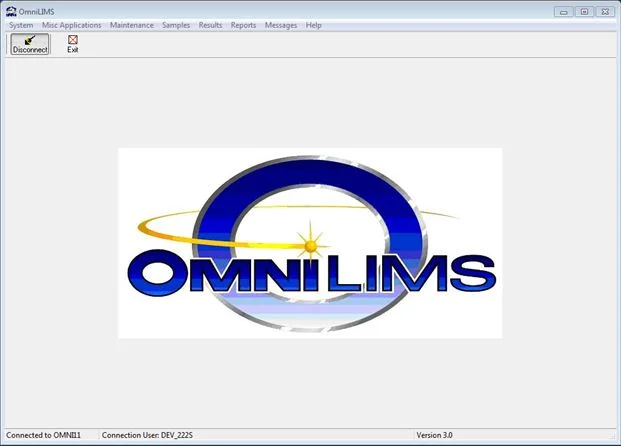Modular Architecture
Among the primary modules OmniLIMS offers:
- Sample login
- Workflow scheduling toolkit
- QC batching
- Data entry
- QC charting
- Instrument interfacing
- Sample verification and approval
- Reporting
- Sample tracking and disposal
- Custom inquiry routines
- Comprehensive auditor controls
- Regulatory compliance
Design Features
- Graphical, laboratory oriented configuration options
- Laboratory specific modifications using “point and click” configuration
- Oracle® database backend, offering the advantage of the robust nature of this leading relational database system.
- Crystal Reports®—provides a powerful, highly customizable reporting solution.
Columbia Energy offers a proven, innovative laboratory information management system (LIMS) with extensive functionality that is fully integrated into the Windows® environment. The OmniLIMS™ offers clear and concise graphical displays, configuration tools, system utilities, and automated routines. These features enable supreme ease of use and full integration with other laboratory, quality, and enterprise systems for maximum laboratory productivity and data quality.
OmniLIMS can be configured as either a two- or three-tier client server system and supports all popular computing hardware, operating systems, and database platforms. This allows operation across a wide variety of laboratory types and industrial applications. This approach also enables a wide dynamic range in implementation scale providing consistent solutions whether serving a handful of analysts in a single laboratory or hundreds of system users located across multiple laboratories and sites. The integral language module also provides local language support for organizations who need to implement a common laboratory information management solution across different countries and time zones.
Not all LIMS offer the flexibility of OmniLIMS. Our approach provides a full suite of functionality without the burden of carrying features you don’t need. By providing basic and advanced functionality in modules, customers implement the system in a way that makes sense for their operations.

